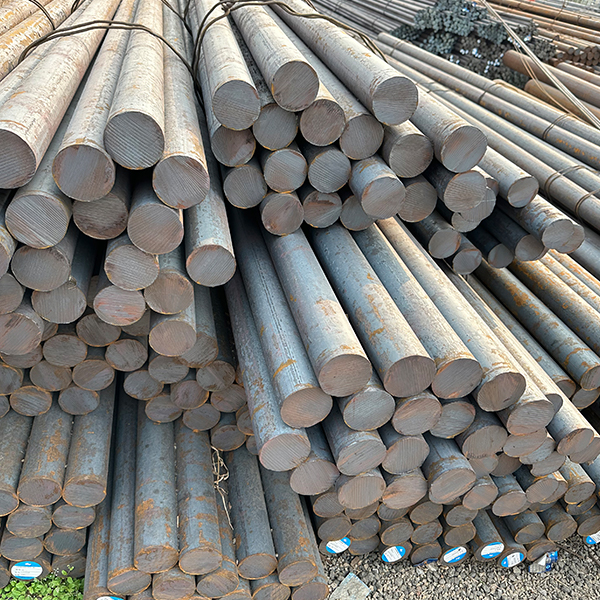Carbon Steel Bar: Grades and Their Mechanical Characteristics

Carbon steel bars remain fundamental components in modern engineering and construction due to their exceptional mechanical properties and cost-effectiveness. Understanding the different grades and their characteristics is crucial for selecting the right material for specific applications.
The most common grades include:
Low Carbon Steel (Mild Steel): Typically containing 0.05-0.25% carbon, these bars offer excellent weldability and formability, making them ideal for structural frames and machinery parts.
Medium Carbon Steel: With 0.29-0.54% carbon content, these bars provide enhanced strength and wear resistance, suitable for axles, gears, and railway components.
High Carbon Steel: Containing 0.55-0.95% carbon, these bars deliver superior hardness and strength, perfect for cutting tools and high-stress applications.
Mechanical properties vary significantly between grades:
•Tensile strength ranges from 400 MPa in low carbon to over 800 MPa in high carbon variants
• Hardness increases proportionally with carbon content
• Ductility decreases as carbon percentage rises
Heat treatment processes can further modify these characteristics. Some manufacturers offer customized heat-treated bars to meet specific project requirements, enhancing particular properties like toughness or machinability.
Comments
Post a Comment